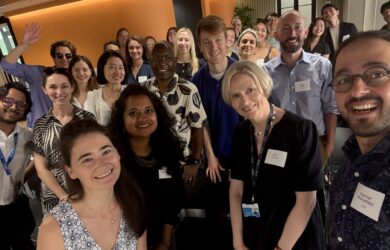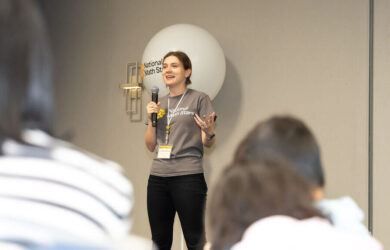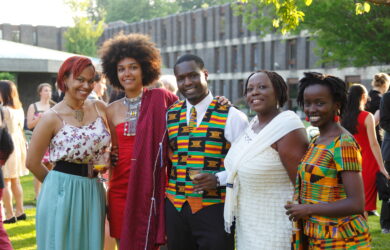Niraj Lal co-authors a paper on solar cell efficiency.
Experimental solar cells which could pave the way to more efficient solar panels have been created by a team of researchers, including Gates scholar Niraj Lal [2008].
In a paper for Optics Express, one of the premier journals of the Optics Society of America, Niraj and his co-authors described how solar panels can be made more efficient by making them on tiny nano-sized metallic Buddhist singing bowls instead of on flat metal.
The paper “Enhancing solar cells with localized plasmon in nanovoids” was published this month. Niraj says the metal bowls have resonances known as “plasmonic resonances” that concentrate light on the nanoscale, increasing the absorption and efficiencies of solar cell materials placed inside them.
These organic plasmonic solar cells, that Niraj describes in the paper as “orgasmonic when showing enhancement”, demonstrate a four-fold enhancement of efficiency over identically prepared flat cells on the same substrate.
He says: “Whilst these experimental solar cells aren’t going to be on roofs any time soon, the paper demonstrates novel physical concepts that help pave the way forward for future generations of solar panels.”
Niraj is studying for a PhD in Physics at the Nanophotonics Centre with Professor Jeremy Baumberg FRS. He is looking at “Nanovoid Plasmon-Enhanced Photovoltaics” which involves using new physics to make solar cells more efficient.
He says: “I think one of the biggest challenges of our generation is to understand our planet’s resources and develop ways to live with them sustainably.”












